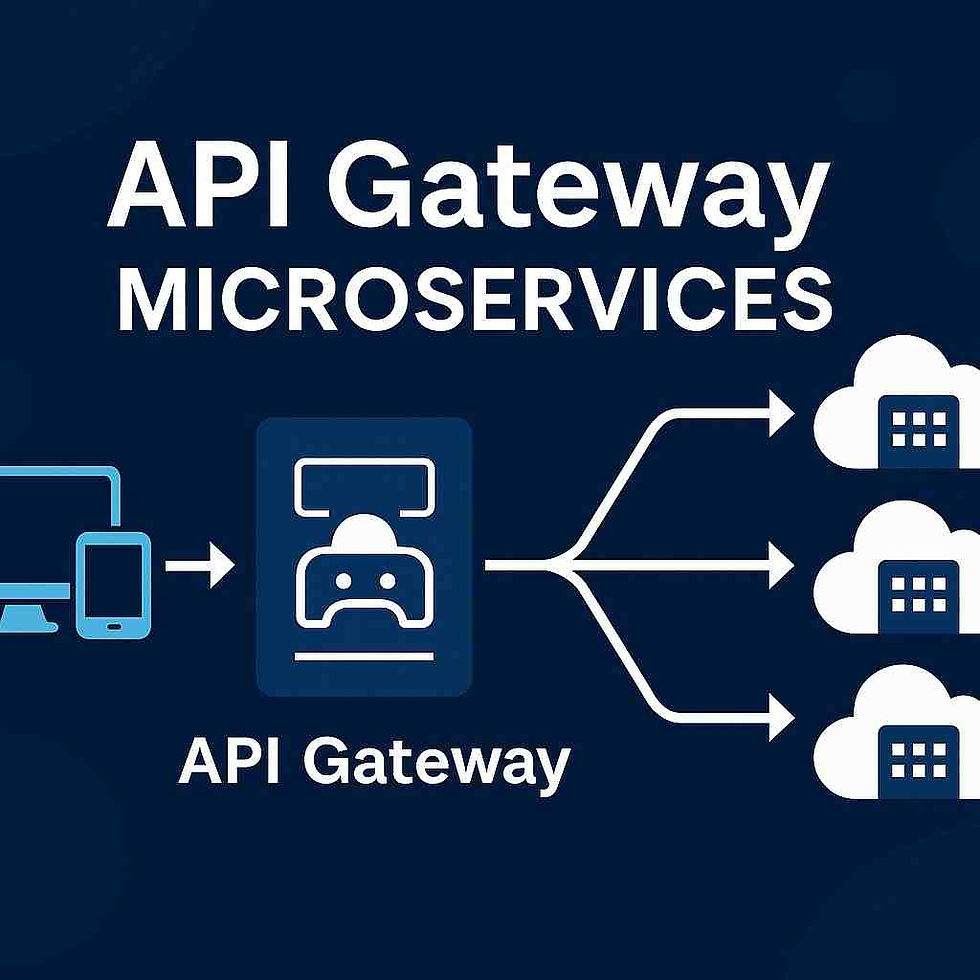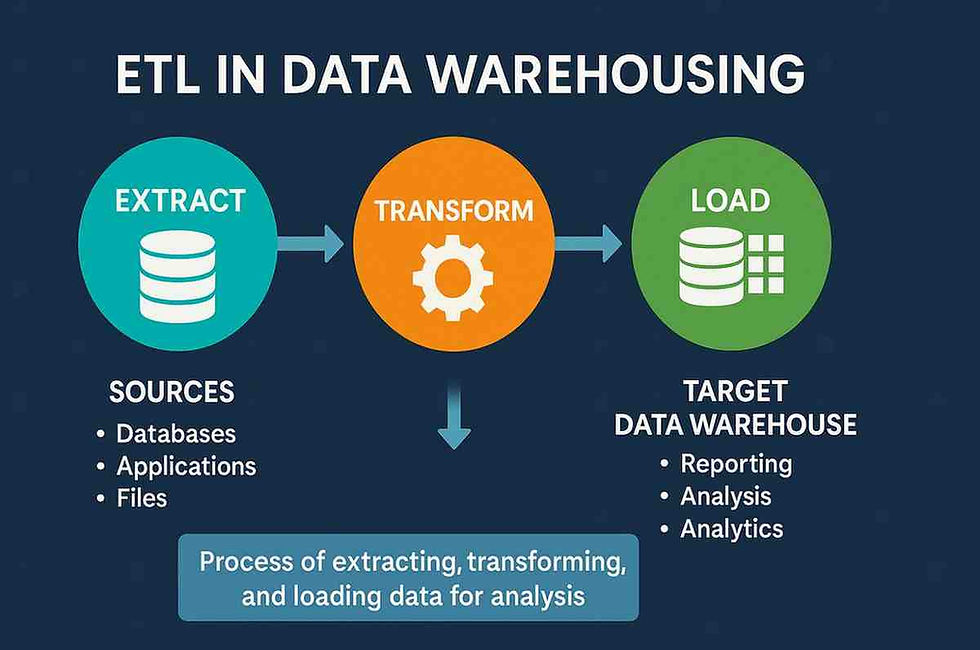Sora API Guide 2025: Availability Status & Integration Tutorial
- Gunashree RS
- Jun 19
- 7 min read
What is OpenAI's Sora API, and Why Does It Matter?
OpenAI's Sora represents a groundbreaking leap in artificial intelligence video generation technology. Sora can generate videos up to 1080p resolution, up to 20 seconds long, and in widescreen, vertical, or square aspect ratios. This revolutionary AI model transforms simple text descriptions into highly realistic video content, opening unprecedented possibilities for content creators, developers, and businesses worldwide.
The significance of Sora extends far beyond its technical capabilities. Industry experts predict that video generation AI will fundamentally reshape content creation workflows, with market research indicating the global AI video generation market could reach $2.3 billion by 2028, growing at a compound annual growth rate of 26.7%.

Is the Sora API Currently Available to Developers?
Q: Can developers access the Sora API right now?
A: As of June 2025, OpenAI has not released a public API for Sora, despite the consumer version being available. Sora is fully available to ChatGPT Plus, Team, and Pro users, but the API remains under development.
According to recent developer community discussions, OpenAI Sora is publicly available, but the Sora API access timeline for everyone remains unclear. This creates a significant gap between consumer access and developer integration capabilities.
Q: What's the current status of Sora API development?
A: OpenAI has maintained relative silence about specific API release dates. Based on their historical patterns with previous models like GPT-4 and DALL-E, APIs typically follow consumer releases by 3-6 months. However, given Sora's complexity and computational requirements, this timeline may be extended.
Industry analyst Sarah Chen from TechVision Research notes: "OpenAI is likely prioritizing infrastructure scaling and safety measures before opening Sora to widespread developer access. The computational costs for video generation are significantly higher than text or image generation."
How Does OpenAI Sora Work Under the Hood?
Q: What technology powers Sora's video generation capabilities?
A: Sora utilizes a diffusion transformer architecture, which combines the stability of diffusion models with the attention mechanisms of transformers. This hybrid approach allows Sora to understand complex temporal relationships in video sequences while maintaining visual consistency across frames.
Key technological components include:
Temporal Consistency Engine: Ensures smooth transitions between video frames
Spatial Understanding Module: Maintains object relationships and physics
Content Safety Filter: Prevents the generation of harmful or inappropriate content
Resolution Upscaling System: Enhances output quality to 1080p standards
Q: What are Sora's current technical limitations?
A: Despite its impressive capabilities, Sora exhibits several notable limitations:
Complex Physics Simulation: Struggles with accurate cause-and-effect relationships
Spatial Confusion: Difficulty distinguishing left from right in complex scenes
Temporal Tracking: Challenges in maintaining consistency in time-based descriptions
Duration Constraints: Currently limited to 20-second video clips
Dr. Michael Rodriguez, AI researcher at Stanford University, explains: "While Sora represents remarkable progress, it still faces fundamental challenges in understanding physical laws and maintaining long-term temporal coherence."
Sora API Integration: What to Expect
Q: How will Sora API integration work when it becomes available?
A: Based on OpenAI's existing API patterns and developer feedback, Sora API will likely follow a RESTful architecture similar to their other services. Expected features include:
Authentication System:
API key-based authentication
Organization-level access controls
Usage monitoring and analytics
Request Structure:
{
"prompt": "Your video description",
"duration": 20,
"resolution": "1080p",
"aspect_ratio": "16:9",
"style": "photorealistic"
}Response Format:
{
"video_url": "https://api.openai.com/v1/videos/[id]",
"status": "completed",
"duration": 20,
"file_size": "45.2MB",
"generation_time": "120s"
}Pricing and Cost Considerations for Sora API
Q: What can we expect for Sora API pricing?
A: While official pricing hasn't been announced, industry analysis suggests several factors will influence costs:
Computational Complexity Factors:
Video length (per second pricing model likely)
Resolution requirements (720p vs 1080p vs 4K)
Processing time and queue priority
Storage and bandwidth costs
Estimated Pricing Models: Based on current GPU costs and competitor analysis:
Basic Tier: $0.50-$1.00 per 10-second 720p video
Professional Tier: $2.00-$3.00 per 20-second 1080p video
Enterprise Tier: Custom pricing with volume discounts
Technology analyst James Park from CloudCost Analytics notes: "Video generation requires 10-15x more computational resources than image generation, which will inevitably reflect in pricing structures."
Use Cases and Applications for Sora API
Q: What are the most promising applications for the Sora API?
A: Sora API opens numerous commercial and creative opportunities across multiple industries:
Content Creation and Marketing:
Social media content automation
Product demonstration videos
Personalized advertising campaigns
Educational content development
Entertainment Industry:
Concept visualization for films
Video game cutscene generation
Animation pre-production
Virtual set design
Enterprise Applications:
Training video creation
Product prototype visualization
Internal communication materials
Customer support demonstrations
E-commerce and Retail:
Product showcase videos
Virtual try-on experiences
Lifestyle content generation
Seasonal campaign materials
Marketing executive Lisa Thompson from DigitalFirst Agency shares: "Sora API could revolutionize how we approach video marketing campaigns, potentially reducing production costs by 70% while increasing content output by 500%."
Alternatives to Sora API During the Wait
Q: What alternatives exist while waiting for the Sora API?
A: Several viable alternatives offer API access for video generation:
RunwayML API:
Stable API access
Multiple video generation models
Pricing: $0.05 per second generated
Maximum duration: 4 seconds
Stability AI Video:
Open-source model availability
Custom deployment options
Community-driven development
Free tier available
Pika Labs API:
Focus on short-form content
Social media optimization
Pricing: $0.10 per generation
Integration-friendly
D-ID API:
Specializing in talking head videos
Real-time generation capabilities
Enterprise-grade security
Custom voice integration
Preparing Your Development Environment for Sora API
Q: How should developers prepare for Sora API integration?
A: Proactive preparation will ensure smooth integration when the Sora API becomes available:
Technical Prerequisites:
Robust Infrastructure: Ensure adequate bandwidth for large video file transfers
Storage Solutions: Implement scalable video storage systems
Queue Management: Develop asynchronous processing workflows
Error Handling: Create comprehensive retry and fallback mechanisms
Development Best Practices:
Implement efficient caching strategies
Design a modular integration architecture
Plan for rate limiting and quota management
Establish monitoring and logging systems
Testing Framework: Using tools like Apidog can streamline API testing preparation. These platforms offer comprehensive testing environments that will prove invaluable for Sora API integration testing once available.
Security and Safety Considerations
Q: What security measures will Sora API likely include?
A: OpenAI has emphasized safety as a priority, and Sora API will likely incorporate multiple security layers:
Content Filtering:
Real-time prompt analysis
Generated content scanning
Prohibited content detection
User behavior monitoring
Access Controls:
API key management
Rate limiting per organization
Usage audit trails
Suspicious activity detection
Compliance Features:
GDPR compliance tools
Data retention controls
Regional content restrictions
Industry-specific safety measures
Future Developments and Roadmap
Q: What developments can we expect for the Sora API in the future?
A: Based on OpenAI's research direction and industry trends, several enhancements are anticipated:
Near-term Improvements (6-12 months):
Extended video duration capabilities
Enhanced resolution options (4K support)
Improved physics simulation
Faster generation times
Long-term Vision (1-2 years):
Real-time video generation
Interactive video experiences
Multi-modal input support (image + text)
Advanced editing and manipulation features
AI researcher Dr. Amanda Foster from MIT's Computer Science Lab predicts: "We'll likely see Sora API evolve into a comprehensive video creation platform, not just a generation tool, within the next 18 months."
FAQ Section
Q: When will the Sora API be available to the public?
A: OpenAI hasn't announced an official release date. Based on their previous API releases, it could be available within 3-6 months of the consumer launch, but video generation complexity may extend this timeline.
Q: Will Sora API support real-time video generation?
A: Currently, Sora requires significant processing time. Real-time generation isn't available in the initial release but may be developed for future versions.
Q: Can I use the Sora API for commercial purposes?
A: When available, Sora API will likely include commercial usage rights similar to other OpenAI APIs, but specific terms will be outlined in the official documentation.
Q: What video formats will Sora API support?
A: Expected formats include MP4, WebM, and MOV, with various quality and compression options to suit different use cases.
Q: How will Sora API handle copyright and intellectual property concerns?
A: OpenAI will likely implement strict content policies and may include watermarking or metadata to identify AI-generated content.
Q: Will there be a free tier for Sora API?
A: While not confirmed, OpenAI typically offers limited free tiers for their APIs. Expect minimal quotas due to the high computational costs of video generation.
Q: Can Sora API generate videos longer than 20 seconds?
A: Current limitations restrict videos to 20 seconds, but this may be extended in future API versions.
Q: What programming languages will be supported for Sora API integration?
A: Standard REST API architecture suggests support for all major programming languages, including Python, JavaScript, Java, PHP, and others, through HTTP requests.
Conclusion
Sora API represents a transformative technology that will reshape video content creation across industries. While the API isn't yet publicly available as of June 2025, the consumer version's success demonstrates the technology's readiness for broader deployment. Developers and businesses should begin preparing their infrastructure and use cases now to capitalize on this revolutionary tool when it becomes accessible.
The combination of unprecedented video quality, intuitive text-based prompting, and OpenAI's robust API ecosystem positions Sora API as a game-changing development tool. As we await its release, staying informed about developments and preparing integration strategies will provide significant competitive advantages.
Key Takeaways
• Sora API is not yet publicly available despite the consumer version being live since December 2024
• The technology can generate 1080p videos up to 20 seconds long from text descriptions
• Expected pricing models range from $0.50-$3.00 per video, depending on specifications
• Current limitations include physics simulation accuracy and spatial understanding challenges
• Alternative APIs like RunwayML and Pika Labs offer interim solutions for developers
• Preparation should focus on infrastructure scaling and asynchronous processing workflows
• Commercial applications span content creation, marketing, entertainment, and e-commerce sectors
• Security measures will likely include comprehensive content filtering and access controls
• Future developments may include longer durations, 4K resolution, and real-time generation capabilities
• Developers should establish testing frameworks and integration architectures before API release




Ce caleçon coton est rapidement devenu un indispensable dans mon tiroir à sous-vêtements. Il est ultra confortable, surtout en été, grâce à son tissu léger et respirant. J’apprécie particulièrement la coupe moderne et les finitions solides. Il ne serre pas, ne remonte pas, et reste discret sous les vêtements. Après plusieurs semaines d’utilisation, il tient très bien au lavage. Je recommande à tous ceux qui veulent allier confort, style et durabilité.